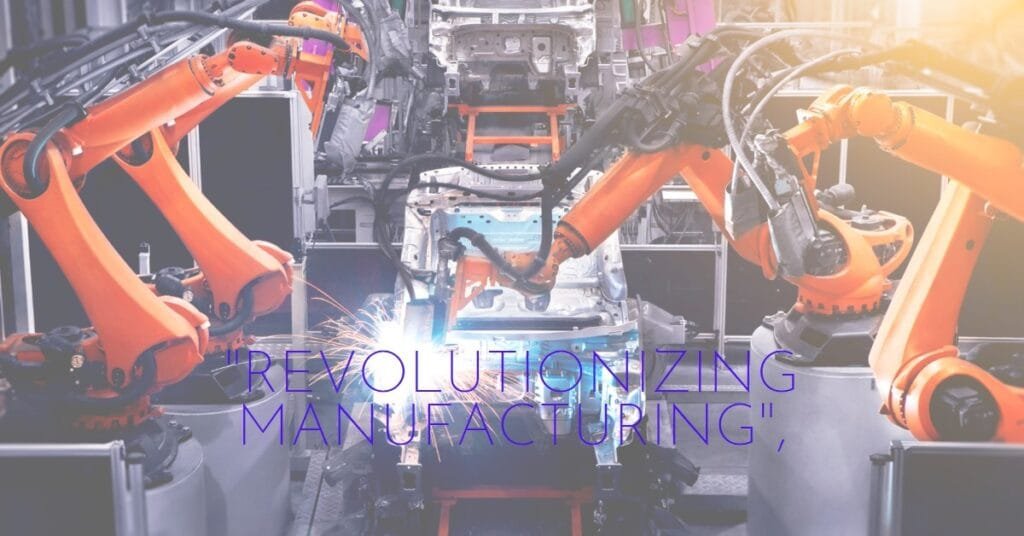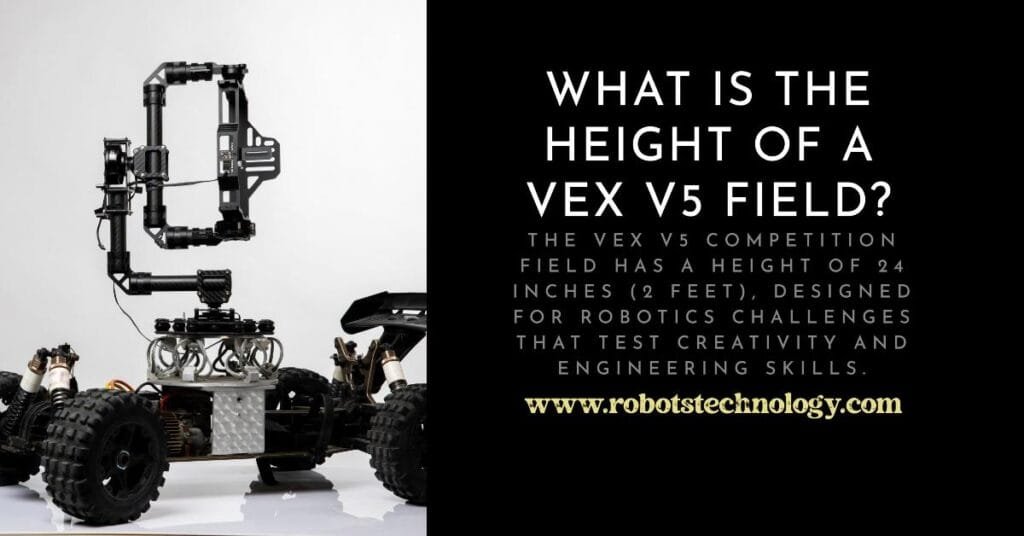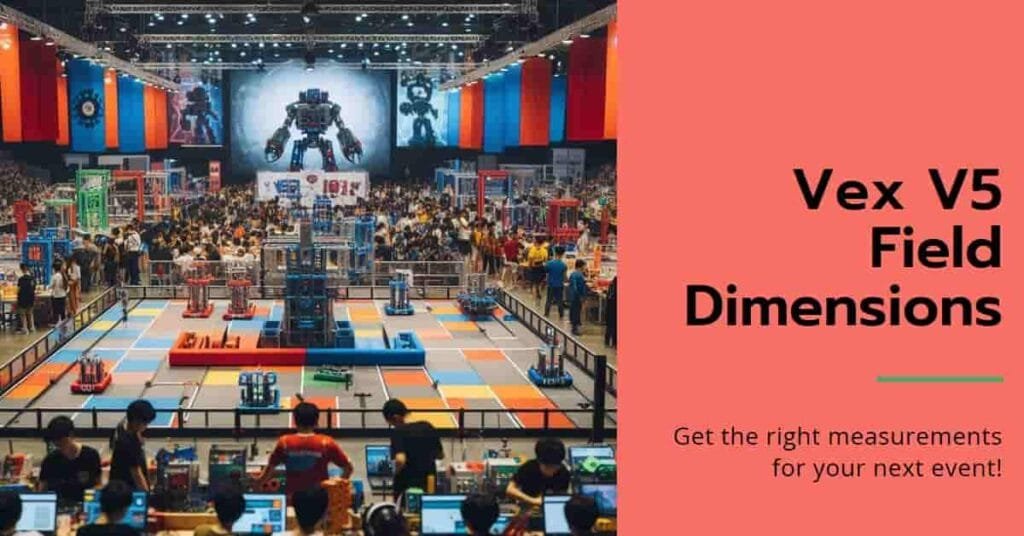Imagine a factory bustling with activity where robots work nonstop, precisely and quickly assembling goods. This is reality of today’s advanced production facilities, not a peek of the far future.

By simplifying production processes, lowering operating costs, and guaranteeing constant, high-quality output, industrial robots have become the backbone of modern industry, revolutionizing sectors by themselves. From automotive to electronics, their capacity to operate in dangerous situations and complete repeated tasks with accuracy has made them invaluable in many different sectors.
Examining their several forms, great uses, and many advantages for the manufacturing industry, this blog explores the interesting realm of industrial robots. We also will look at new ideas and trends that might reshape industrial automation going forward.
Whether your interests are in technology, business, or just robotics, this thorough book will provide insightful analysis of the vital part industrial robots will play in determining the direction of manufacturing. Come explore with us the possibilities and potential of these technological wonders!
What Are Industrial Robots?
Definition
Programmable machines built to automate work in industrial surroundings are industrial robots. Their design calls for either repetitive, labor-intensive, or hazardous tasks with unmatched accuracy, speed, and efficiency. These flexible instruments for contemporary manufacturing can be set to manage a range of jobs, therefore enabling them.
Key Features
The salient features of industrial robots consist in:
- Precision: Their great accuracy in completing jobs guarantees consistency in manufacturing.
- Speed: Optimizing manufacturing schedules, they speedier than human labor.
- Repeatability: Even in extended manufacturing runs, robots produce reliable output.
- Endurance: Able of running without tiredness constantly.
History
Beginning in the 1950s, the path of industrial robots was paved with the first contemporary robot, Unate, unveiled in 1961 for a General Motors assembly line. Robotics technology has developed dramatically over the years, adding sophisticated elements including artificial intelligence, machine learning, and improved sensory capacity. Not only smarter but also more flexible today’s robots are, able to learn and complete difficult jobs on their own.
Driving efficiency and creativity, industrial robots have become indispensible in sectors including automotive, electronics, and logistics, hence reshining the future of production.
Types of Industrial Robots
Articulated Robots
Description: With their multi-jointed arms—which mimic human arms—these robots provide extraordinary range of motion and flexibility.
Applications: Common uses for articulated robots in jobs including painting, assembly, material handling, and welding—where accuracy and adaptability are absolutely vital—include those of which
Cartesian Robots
Description: Operating along three linear axes (X, Y, Z), they—also known as linear robots—offer simple, under control motions.
Applications: Perfect for jobs involving 3D printing, CNC machining, material movement, Cartesian robots shine in jobs needing great accuracy and stability.
SCARA Robots (Selective Compliance Assembly Robot Arm)
Description: Highly efficient for assembly jobs, these robots are made for quick and exact motions in a horizontal plane.
Applications: Pick-and—place tasks, light assembly, and packing all make advantage of SCARA robots.
Delta Robots
Description: Delta robots—known for their lightweight, spider-like architecture—are prized for their speed and agility in high-speed tasks.
Applications: Often used in food and pharmaceutical sectors especially in high-speed packaging, sorting, and light assembly jobs.
Collaborative Robots (Cobots)
Description: Cobots are made to operate safely next to humans and use sophisticated sensors to guarantee effective and safe human-robot interaction.
Applications: Often used for testing, quality control, small assembly chores, and other operations requiring tight coordination with human workers.
Since every kind of industrial robot meets particular purposes, they are indispensable instruments in several manufacturing operations.
Applications of Industrial Robots
Automotive Industry: The automobile industry makes great use of industrial robots for jobs including assembly, painting, and welding of vehicle parts. These robots guarantee constant quality and improve accuracy and speed, therefore helping to simplify manufacturing techniques.
Electronics and Technology: Industrial robots help the electronics sector with producing circuit boards, assembly of fragile and small components, and precision soldering. Their precision guarantees the minimal flaws in the manufacture of high-performance electronics.
Food and Beverage: Robots effectively undertake activities including quality monitoring, sorting, and packaging in the food and beverage sector. They provide uniform product handling and presentation and reduce human interaction, therefore improving hygiene.
Pharmaceuticals and Healthcare: In sterile environments for drug manufacture, exact packing, and surgical equipment assembly, robots are absolutely vital. Their capacity to uphold high levels of hygiene guarantees reliable and efficient pharmacological treatments.
Logistics and Warehousing: Robots drive inventory control, sorting, and picking in logistics. Simplifying supply chain processes helps them to lower mistakes, increase productivity, and enable quicker order fulfillment.
Metal Fabrication: Metalworking operations including cutting, grinding, welding, and polishing depend on industrial robots absolutely. They improve production in manufacturing operations by handling heavy objects with simplicity and completing complex jobs with accuracy.
Across sectors, industrial robots have become essential since they transform processes and provide enhanced manufacturing capacity.
Benefits of Industrial Robots
Increased Productivity: Operating around-the-clock without breaks, holidays, or downtime, industrial robots are This constant performance greatly increases output, so effectively satisfying large production requirements.
Cost Savings: Robots lower general labor costs by automating repetitive operations, hence lessening reliance on human effort. Their operational effectiveness also maximizes resource use and reduces waste, so saving long-term money.
Improved Quality: By doing operations with unparalleled accuracy and consistency, industrial robots help to lower manufacturing process flaws and errors. This guarantees that the final goods satisfy high criteria of quality, so improving client happiness.
Enhanced Safety: Robots can complete hazardous, heavy, or toxic jobs including chemical handling, metal cutting, and welding. Engaging in these high-risk activities shields human employees from possible injury and so creates a safer workplace.
Flexibility and Scalability: Highly flexible modern industrial robots can be configured to carry out varying jobs as production demands change. For companies needing scalable manufacturing or regular product revisions, this adaptability makes them perfect.
Modern industry depends on industrial robots since they offer transforming advantages ranging from operation simplification to guaranteed quality and safety.
Challenges of Industrial Robots
High Initial Investment: For companies—especially small and medium-sized firms (SMEs)—the upfront cost of buying, deploying, and configuring industrial robots can be a significant financial load.
Maintenance Requirements: Industrial robots need frequent maintenance, software upgrades, and sporadic repairs if they are to guarantee consistent and best performance. If improperly controlled, this continuous maintenance can increase running expenses and cause downtime.
Workforce Displacement Concerns: As robots replace human labor in repetitive and manual jobs, the growth of automation sometimes causes worries of job losses. For companies embracing robotics, addressing these issues and retraining employees still presents a major difficulty.
Technical Complexity: Technically difficult, implementing industrial robots means including them into current systems and programming them for certain duties. Businesses could have to pay for outside consultants to handle this complexity or commit funds in specialist training for their staff.
Future Trends in Industrial Robotics

AI and Machine Learning Integration
To get smarter and more independent, industrial robots are progressively using artificial intelligence and machine learning. Without significant reprogramming, these technologies let robots assess data, learn from experiences, and adapt to new chores.
Collaborative Robotics Growth
To get smarter and more independent, industrial robots are progressively using artificial intelligence and machine learning. Without significant reprogramming, these technologies let robots assess data, learn from experiences, and adapt to new chores.
Cloud Robotics
Connecting robots to cloud systems helps companies to enable real-time monitoring, data analysis, and software updates. Better performance, remote operation, and flawless integration with business processes all depend on this connectivity.
Advanced Sensors and Vision Systems
Modern sensors and computer vision technology will enable future industrial robots to more precisely detect their surroundings. These developments will raise task accuracy, safety, and handling of difficult procedures.
Sustainable Robotics
Growing environmental sustainability is driving design of robots to use recyclable materials and spend less energy. Sustainable robots seek to keep efficiency and performance while lowering manufacturing’s carbon footprint.
Real-World Examples of Industrial Robots
Tesla’s Gigafactory
Advanced robotics at Tesla’s Gigafactory help to build batteries and electric cars. Handling welding, painting, and precise assembly, these robots guarantee great production uniformity and efficiency.
Amazon Warehouses
To keep operations in its warehouses efficient, Amazon uses thousands of robots. These robots greatly speed up delivery times by choosing, packing, and sorting items.
FANUC Robotics
High-speed robots mostly employed in electronics manufacture are FANUC’s area of expertise. These robots precisely and dependably accomplish difficult jobs including soldering and assembling fragile parts.
ABB Robotics
High-speed robots mostly employed in electronics manufacture are FANUC’s area of expertise. These robots precisely and dependably accomplish difficult jobs including soldering and assembling fragile parts.
Universal Robots’ Cobots
Leader in collaborative robots (cobots) meant for small-scale production is Universal Robots. Working safely next humans, these user-friendly cobots improve efficiency in jobs including assembly, testing, and quality inspection.
How to Integrate Industrial Robots Into Your Business
Assess Business Needs: Start by determining which of your operations most would benefit from automation. These might be time-consuming, hazardous, or repetitious chores that robotics could help to simplify.
Choose the Right Robot Type: Choose the kind of industrial robot best for your particular job. Matching the robot’s capabilities to your needs is essential whether your needs are for articulated robots for assembly, SCARA robots for accuracy, or collaborative robots for flexibility.
Plan for Employee Training: Make sure your employees can run, fix, and maintain the robots. Offering training courses will enable staff members to keep high production standards and operate successfully alongside robots.
Evaluate ROI: Check the possible return on investment (ROI) before you buy. This entails figuring out the anticipated savings, higher production, and better quality that automation will bring about for your business.
Partner with Trusted Vendors: Work with reliable robotics companies who can provide knowledge in continuous support, robot installation, and integration. Good vendor relationships guarantee that your robots work at their best and the integration procedure goes without a hitch.
Conclusion
Providing unmatched efficiency, accuracy, and scalability, industrial robots have become crucial in modern production in many different sectors. These robots are essential to keep ahead in the very competitive market of today since they automate difficult operations, increase production, and guarantee constant quality.
Integrating industrial robots can help companies to keep high standards, drastically cut running expenses, and increase safety. In a society going more and more automated, robots are crucial for long-term success and expansion since they allow adaptation and scale with automation.
Investigate industrial robots solutions right now to maximize company operations, boost productivity, and welcome the automated future. You have right now to change your procedures!

